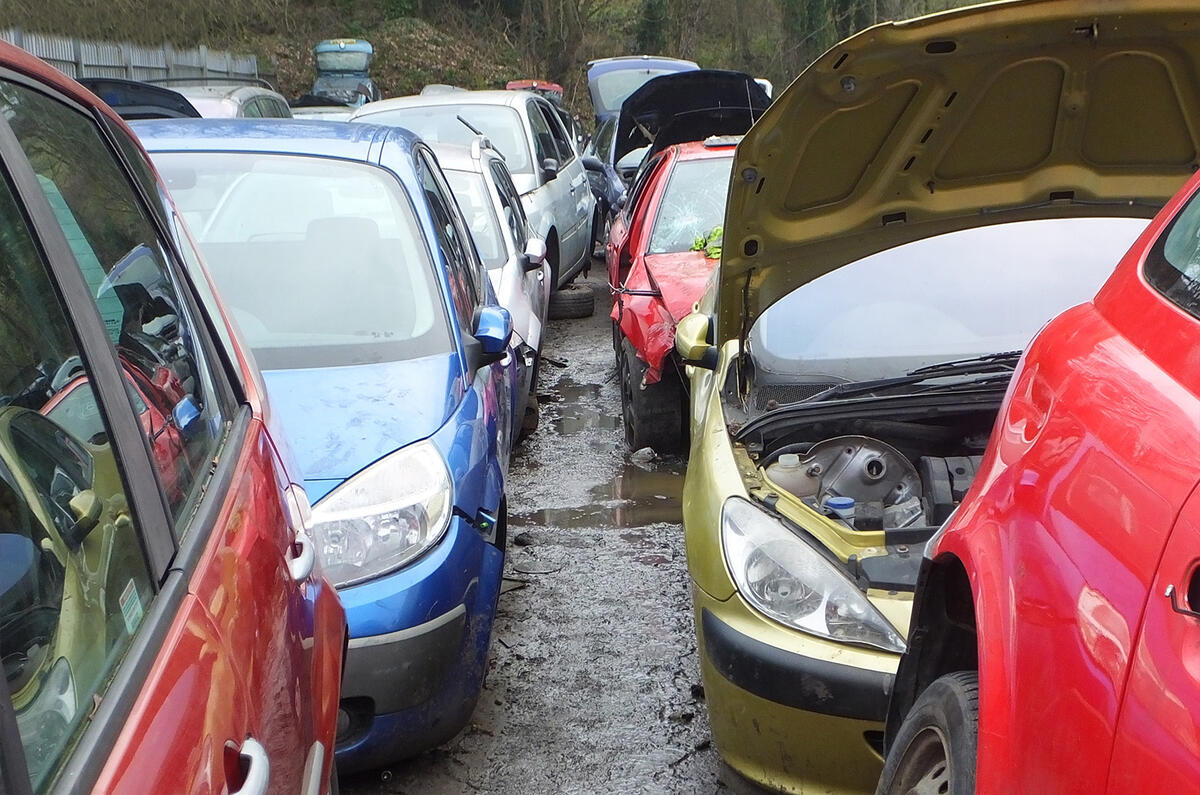From trash to cash!’, ‘Soo cheap!’, ‘£300 gamble no keys!’… Hyperbole is alive and kicking on the popular videos posted by salvage repairers on YouTube.
There are lots of them, most fronted by excitable chaps with a gift for social media supported by a grizzled ‘character’ who actually does the work. They must be profitable.
One boasts of having just bought his dream house on the spoils. Most present repairing crashed cars as a bit of a laugh.
Except that it isn’t. Ten years ago, Sadie McGrady, aged six, was killed in a two-vehicle car crash. The inquest heard how the Vauxhall Corsa she was travelling in had been written off by insurers after an accident in 2008. It had then been sold to a salvage company, repaired and returned to the road.
The vehicle examiner who gave evidence at the inquest said the repair had “weakened” the structure of the car, causing greater intrusion and, he added, “increasing the likelihood of Sadie sustaining injury”.

The coroner said: “If it is beyond economic repair, in my view that should be the end of the vehicle. I can only hope that someone, somewhere will listen.”
Unfortunately, 10 years on and still nobody is. The four salvage codes, which members of the Association of British Insurers (ABI) used to identify the status of write-offs but which are not bound by legislation, were updated a few years ago so they represent a vehicle’s structural condition more clearly.
However, it remains the case that Category S (structurally damaged but repairable) and Category N (non-structurally damaged and repairable) write-offs can be repaired and returned to the road without the work having to be inspected.







Join the debate
Add your comment
The biggest problem is people putting these cars back on the road and filming it for their YouTube channel. I watched one where he had bought a written-off performance car and was obtaining as many of the parts as he could from ebay. He didn't want to pay the manufacturer's high parts prices and was trying to fit critical parts like a drive shaft, or a track rod end from other manufacturers that he was told would fit, or would fit with some modifications.
Some unsuspecting person will end up with that car, having paid a lot of money for it.
He had also bought another performance car from an even more specialist manufacturer. He was asking internet forums how to turn the ignition on etc. Fortunately, he gave up on that car.
It is probably the case that more crashed cars should be stripped for parts and crushed ASAP rather than be left sitting. It does seem that EVs (Teslas in particular) are more likely than ICE cars to be written off after a crash. The two main reasons for that seem to be the battery packs and manfacturing techniques used to build the bodywork.
Recently bought a cheap secondhand car for a relative and by far the biggest issue I had was the enormous number of amartuer wheeler dealers, I'll blame the show.
Limited my search on both ebay and auto trader to private and the majority of cars were pictured in supermarket car parks, laybys, green parks, besides country roads etc. First question, how long have you owned the car, reply, usual a couple of months and the V5 is at the previous address. More likely an auction buy with the usual hang ups half repaired.
Problem is they're just bumping the price up and selling cars with hidden history, how do they get away with it.